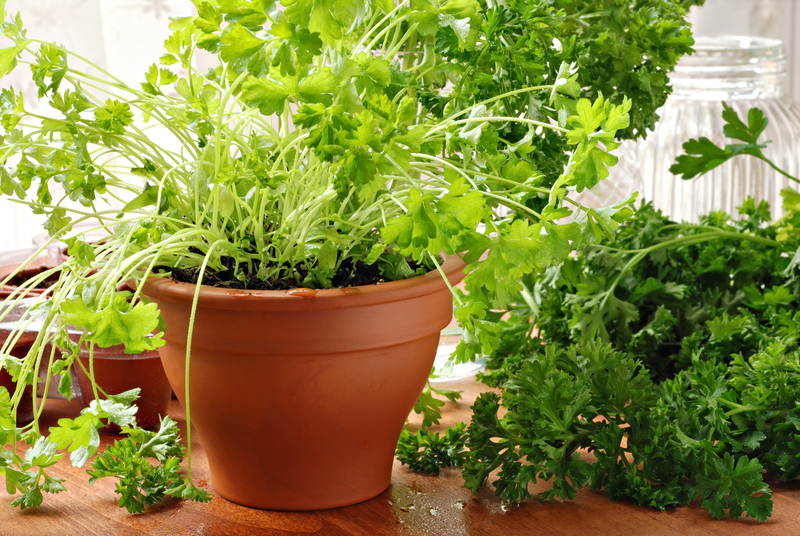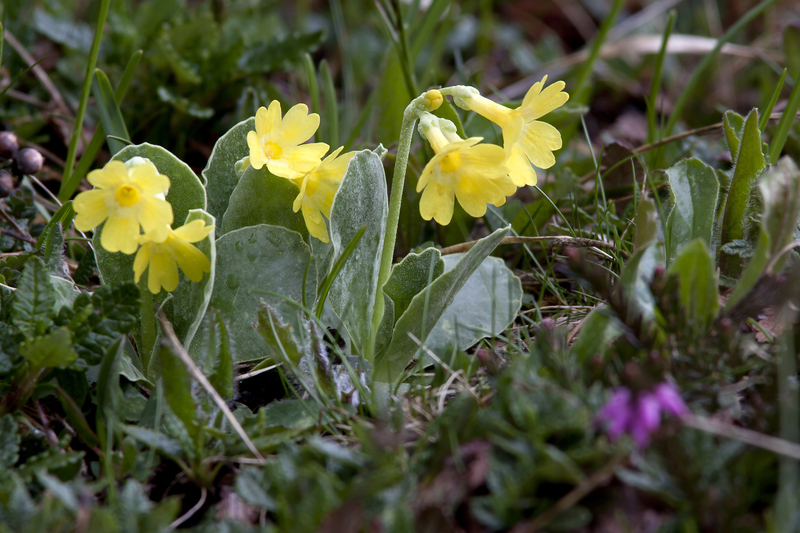Alternatives to Burning or Uprooting Tree Stumps Safely
Tree stump removal is often considered a tricky and labor-intensive task for property owners and landscapers alike. While the traditional methods of burning or uprooting tree stumps are widely known, there are several safer and more environmentally friendly options available. This comprehensive guide explores various alternatives to burning or uprooting tree stumps and offers practical, eco-conscious solutions for handling those stubborn remnants in your yard.
Why Look for Alternatives to Burning or Uprooting Tree Stumps?
- Safety Concerns: Burning stumps often poses a fire hazard and can be dangerous, especially in dry climates or near structures.
- Environmental Protection: Uprooting stumps can seriously disturb surrounding soil and plant life and may cause erosion.
- Legal Considerations: Burning or physically removing stumps may be restricted in some areas due to local regulations.
- Aesthetics and Long-Term Grounds Health: Violent removal can negatively impact the health and appearance of your landscape.
Choosing safer, innovative, and more sustainable stump removal methods protects the local ecosystem and enhances the safety and longevity of your outdoor space.

Top Safe Alternatives to Burning or Uprooting Tree Stumps
Let's take a closer look at the *best methods* for removing or dealing with tree stumps without resorting to burning or brute force uprooting. Each method varies in effort, cost, and how quickly you'll see results.
1. Stump Grinding
Stump grinding is currently the most popular professional solution. This process uses a specialized machine called a stump grinder to mechanically chip away the stump to well below ground level. Here's why it's a safer bet:
- Efficient: A grinder can typically remove a stump in a few hours or less.
- Less Disruptive: Minimal impact on surrounding plants and soil.
- Reuse Debris: The wood chips left behind can be used as mulch or organic matter.
How to do it: Though you can rent a stump grinder from many home improvement centers, it's often best to hire a licensed professional. They have the expertise to avoid underground utilities and ensure safety.
2. Natural Decomposition (Rotting)
Allowing a tree stump to naturally rot is the most eco-friendly alternative to burning stumps. This method relies on time, moisture, and nature's decomposers to slowly break the stump down.
Steps:
- Drill holes several inches deep into the stump.
- Fill the holes with water to keep them moist.
- Cover with organic material such as soil, mulch, or compost to encourage decay.
- Optionally, add a nitrogen-rich fertilizer to speed up the breakdown process.
Advantages: This method is safe, easy, and does not require special equipment. The downside is patience--it may take several months to a few years for the stump to decompose fully, depending on size and wood type.
3. Applying Commercial Stump Removers (Chemical Decomposition)
Chemical-based stump remover products accelerate the natural decomposition process. Commonly made from potassium nitrate, these chemicals are poured into drilled holes to encourage rotting.
- Faster than natural decomposition: Stumps can break down within 6-12 months.
- Widely available: Sold at most garden and hardware stores.
- Minimal labor: Just drill, pour, and wait.
*Important safety note:* Always follow manufacturer's instructions and avoid application near edible gardens, water sources, or in areas with pets and children. Opt for environmentally safe stump remover brands whenever possible.
4. Physical Methods: Digging Out Stumps Manually
For smaller stumps, digging by hand with basic garden tools can be effective. While technically a kind of uprooting, it's much less invasive than using heavy equipment.
How to do it:
- Cut or saw off as much of the stump above ground as possible.
- Use a shovel, pickaxe, and loppers to remove soil and exposed roots.
- Cut major roots, then wiggle the stump free.
This method is: Best for saplings and trees with shallow root systems. It can be labor-intensive but offers a workout and produces instant results for small jobs.
5. Solarization (Covering with Plastic)
Solarization is a passive process where you cover the stump with a black plastic tarp to harness sunlight. The heat and humidity underneath encourage fungal and microbial decay while depriving the stump of oxygen and light.
- Lay a thick black plastic sheet over the stump.
- Anchor it securely with rocks or stakes.
- Wait several months to over a year for significant decay.
This method is particularly effective in hot climates and can be combined with drilling/filling holes and mulch for faster results. It's safe, silent, and requires little labor.
6. Epsom Salt or Rock Salt Accelerated Rotting
Both Epsom salt and rock salt can expedite the decomposition of a tree stump while being environmentally gentle when used in moderation. Their high magnesium and sulfur content (Epsom) or sodium (rock) draws moisture and promotes rotting.
Instructions:
- Drill holes in the stump and fill with Epsom or rock salt.
- Cover the stump with plastic and mulch to hold in moisture and heat.
- Check and reapply salt every few months until the stump becomes soft and spongy.
Tip: Avoid using too much, as excessive salt can harm nearby plants.
7. Employing Fungi: Edible Mushroom Cultivation
With a little creativity, you can accelerate stump decay while producing a tasty crop. Specific types of edible fungi, such as oyster mushrooms or shiitake, thrive on dead wood and can be planted directly into a tree stump.
How it works:
- Purchase mushroom spawn suitable for "logs."
- Drill holes in the stump and insert the spawn.
- Keep the area moist and shaded.
- Harvest mushrooms and, over time, watch as the stump crumbles away.
This method is sustainable, fun, and delicious, turning your stump into a productive part of the ecosystem!
8. Turning the Stump into Landscape Features
If removal isn't necessary, consider repurposing the stump into a creative garden element. This avoids disposal altogether and adds a unique touch to your landscape.
- Planters: Hollow out the center and fill with soil for seasonal flowers or succulents.
- Garden Furniture: Flat-topped stumps make rustic seats, tables, or stepping stones.
- Habitat: Left to rot, stumps shelter wildlife, beneficial bugs, or birds.
Repurposing is the ultimate eco-friendly alternative to burning or uprooting tree stumps and creates conversation pieces for years to come.
Comparing Alternatives: Safety, Speed, and Sustainability
| Method | Safety | Time to Decompose/remove | Eco-friendliness |
|---|---|---|---|
| Stump Grinding | Very safe (if professional used) | Hours | High (chips used as mulch) |
| Natural Decomposition | Very safe | 6-36 months | Excellent |
| Chemical Stump Remover | Safe (with precautions) | 6-12 months | Average (depends on brand) |
| Manual Digging | Safe (with tools/experience) | 1-2 days (for small stumps) | Excellent |
| Solarization | Very safe | 6-18 months | Excellent |
| Epsom/Rock Salt | Very safe | 6-12 months | Good (moderate use) |
| Mushroom Cultivation | Very safe | 12-36 months | Excellent |
| Repurposing | Very safe | Immediate transformation | Excellent |
Important Tips for Safe and Effective Stump Removal Alternatives
- Wear safety equipment (gloves, goggles) when working with tools, chemicals, or power equipment.
- Check for underground utilities before digging or grinding to avoid damaging pipes and cables.
- If using chemicals, keep pets and children away from the site until the product is fully absorbed and the area is safe.
- Monitor for regrowth: Some tree species may sprout new growth from the stump. Cut back or treat as new shoots appear.
- Follow local regulations: Always check for restrictions regarding chemical use, burning, and tree removal.
- When possible, choose eco-friendly stump removal alternatives to protect soil health and biodiversity.

Frequently Asked Questions About Non-Burning, Non-Uprooting Stump Removal
How can I get rid of a stump without burning or digging it up?
There are several safe ways to remove a tree stump without fire or forceful extraction, including grinding, chemical rotting, Epsom salt applications, solarization, mushroom cultivation, and repurposing the stump in your landscape.
What's the fastest way to safely remove a tree stump?
Stump grinding is the fastest professional solution, often completing the job in hours. For DIYers, chemical stump removers or Epsom salt can speed up decay but will require several months.
Are there environmentally friendly alternatives to stump burning?
Yes, natural decomposition, Epsom salt, solarization, and mushroom cultivation are all eco-conscious methods that enrich your garden ecosystem rather than harm it.
Will these stump removal alternatives work on all wood types?
Most methods are effective on softwood stumps, while hardwoods may take longer to decompose. Chip or score the stump to increase surface area and accelerate breakdown regardless of tree type.
Final Thoughts: Choosing the Right Safe Alternative for Your Tree Stump
Whether you're motivated by safety, sustainability, or landscape design, there are numerous alternatives to burning or uprooting tree stumps safely. Consider your timeline, local regulations, and desired outcomes when selecting a method. By choosing a non-destructive stump removal technique, you'll preserve your yard's integrity, boost its beauty, and support the environment.
- For quick results: Try professional stump grinding or manual digging (for small stumps).
- For minimal environmental impact: Opt for natural or salt-based decomposition, solarization, or introduce beneficial fungi.
- For creative landscaping: Repurpose the stump into a planter, seat, or unique garden feature.
By following these safe alternatives to burning or uprooting tree stumps, you'll transform a stubborn garden obstacle into a valuable asset for your outdoor space!